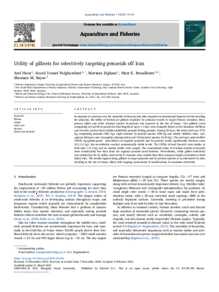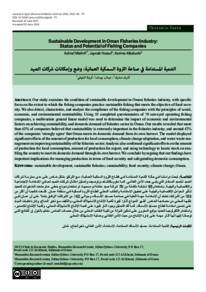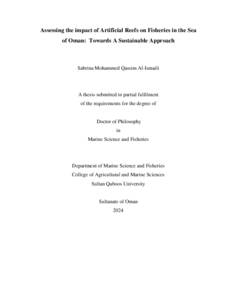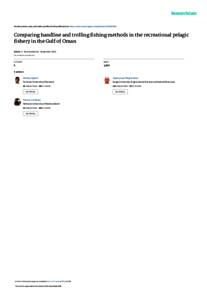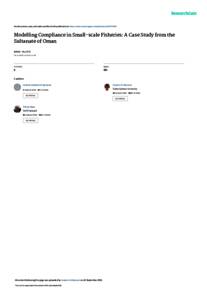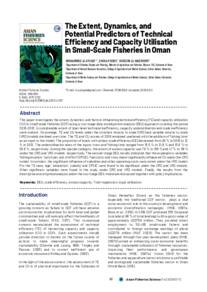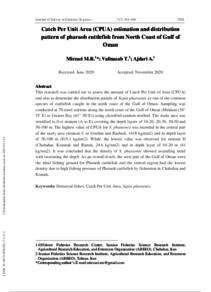Document
Utility of gillnets for selectively targeting penaeids off Iran.
Identifier
DOI: 10.1016/j.aaf.2021.02.002
Source
Aquaculture and Fisheries. v. 7, 1, p. 74-79
Contributors
Paighambari, Seyed Yousef., Author
Eighani, Morteza., Author
Broadhurst, Matt K. , Author
Bayse, Shannon M. , Author
Country
China
City
Beijing
Publisher
KeAi Communications Co.
Gregorian
2022-01-01
Language
English
Subject
English abstract
In response to concerns over the mortality of discards and other negative environmental impacts of otter trawling for penaeids, the utility of bottom-set gillnets deployed by artisanal vessels to target Penaeus monodon, Metapenaeus affinis and other retained species by-product was assessed in the Sea of Oman. Two gillnets (each comprising several 80-m panels for total lengths of up to 1.3 km) were diurnally fished at two locations (off Beris and Govater, eastern Iran) within established penaeid fishing grounds. During 30 days, the total catch was 2721 kg, comprising penaeids (981 kg), eight retained by-product species (598 kg and mostly Otolithes ruber, Cynoglossus bilinearus and Carangoides talamparoides) and 19 discarded species (1142 kg). The catch-per-unit-of-effort (CPUE, kg/gillnet-panel · hour-fished) of targeted penaeids and by-product varied significantly between areas (0.5–1.0 kg), but nevertheless reached economically viable levels. The CPUEs of total bycatch were similar at both sites (0.5 kg) and no marine turtles were caught. The concomitant ratios of retained-catches-to-bycatch were considerably less than those for regional penaeid-trawl fisheries. Nevertheless, while gillnet selectivity was satisfactory for M. affinis, most of the P. monodon were smaller than their carapace length at maturity at both fished sites. The results support using gillnets to target penaeids and by-product species as an alternative to otter trawling in the Sea of Oman; albeit with ongoing assessments of modifications to maximise selectivity.
ISSN
2096-1758
Category
Journal articles

